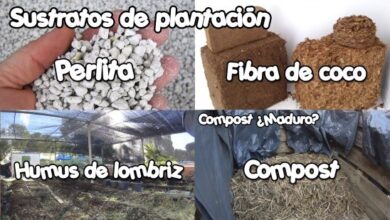Thuja Orientalis: [Cultivation, Irrigation, Associations, Pests and Diseases]
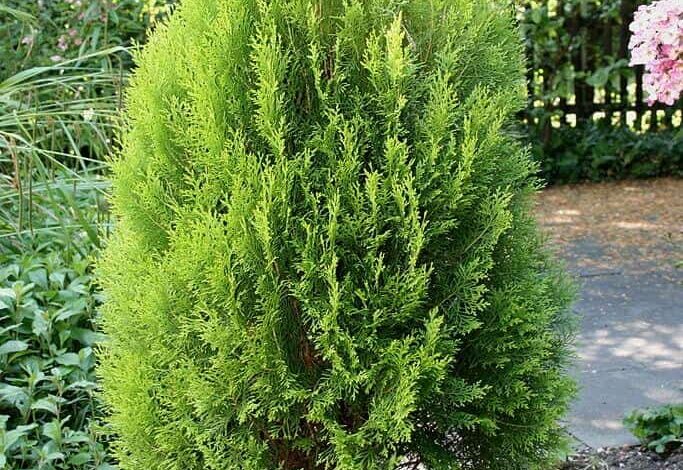
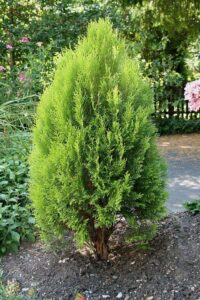 Where to sow? Full sun. It doesn’t need a lot of sunlight. Semi-shadow
Where to sow? Full sun. It doesn’t need a lot of sunlight. Semi-shadow- When? In spring .
- How do we prepare the land? Removed, eliminating weeds . Universal culture substrate, mixed with 20% perlite.
- How do we water? With drip
- How often do we water? Moderate irrigation throughout the year.
- Plagues and diseases? Mealybugs, spider mites, borers. Seiridium, autumnal fall of the leaves.
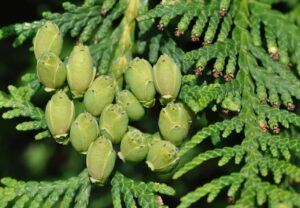 The evergreen conifer Platycladus orientalis continues to use its old name today: thuja orientalis . It is known by the name of oriental thuja, tree of life, fan cypress or Chinese tree of life.
The evergreen conifer Platycladus orientalis continues to use its old name today: thuja orientalis . It is known by the name of oriental thuja, tree of life, fan cypress or Chinese tree of life.
It is a small tree. slow-growing, which can reach 15 to 20 m in height (exceptionally 30 m in height and 2 m in diameter in old specimens).
The shape of the foliage is in flat scales 2 to 4 mm in length. The cones are 15 to 25 mm long, green and brown when ripe, with 6-12 thick scales arranged in opposite pairs. An essential oil is distilled from its leaves, bark and seeds , and its wood is used in pillars and furniture.
The origin of the thuja orientalis is very extensive and ranges from Iran to China and Korea.
When to plant a Thuja orientalis?
Where to do it?
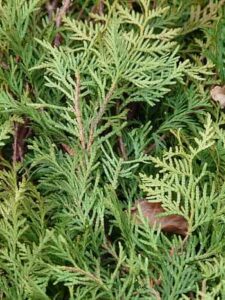 It is a plant that develops very well outdoors , either in full sun or in semi-shade and tolerates very cold winters well.
It is a plant that develops very well outdoors , either in full sun or in semi-shade and tolerates very cold winters well.
In addition to the typical shape, but with the bearing of a small tree, there are other dwarf thuja orientalis species widely used in rockery.
The action of the cold turns the foliage with brown tones, which should not worry, because when the temperatures rise, the green color is recovered.
The thuja orientalis is used for reforestation and gardening only in hedges and windbreaks. It is important that the thuja orientalis is planted at a distance of about 3-4 meters from pipes to avoid problems that it can cause with the growth of its roots.
How to prepare the land?
And although they adapt to all types of soils, even limestone, the thuja orientalis prefers neutral or slightly acidic soils that have good drainage so that they do not get waterlogged.
In pots: can be grown with the thuja orientalis substrate universal culture mixed with 20% perlite. In the Garden it can be sown in all types of soils, even in clay if they are not very compact.
How do we water a Thuja orientalis?
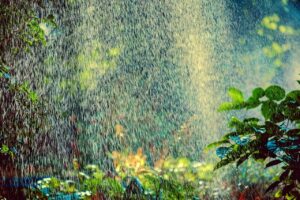 The water and nutritional requirements of plants vary according to the cultivated species, their health and age, the type of soil, the weather, among others.
The water and nutritional requirements of plants vary according to the cultivated species, their health and age, the type of soil, the weather, among others.
Watering for thuja orientalis should be abundant during the summer and a little less the rest of the year.
How do we sow a Thuja orientalis step by step?
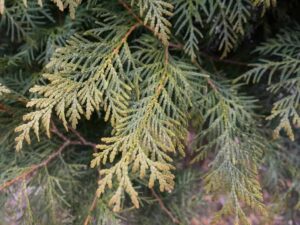 It reproduces by seeds with relative ease, although to improve germination, the seeds are stratified before sowing.
It reproduces by seeds with relative ease, although to improve germination, the seeds are stratified before sowing.
Carry out the stratification of the seeds for 60 days at about 4ºC. Multiplication by grafting and by cuttings is also possible using rooting hormones.
Place small, soft, several-centimeter-long stakes taken in late spring outdoors. Rooting in mist beds if treated with a root-promoting substance.
Side grafting is sometimes used in the propagation of select clones of thuja orientalis, using 2-year-old, potted, seed- derived plants as standards . The grafting is done in late winter in the greenhouse.
Once the graft is done, the potted plants are placed in open banks, filling them with moist peat just until the graft union is covered. By mid-spring the seedlings will be ready to go to the field for further development.
What favorable associations does it have?
As it is a species of tree that provides shade, the possibility of associating thuja orientalis with other plants that require this environment for their reproduction could be considered , although there are no known studies on its favorable association.
What pests and diseases attack Thuja orientalis?
Pests
Among the pests that affect thuja orientalis are:
Mealybugs
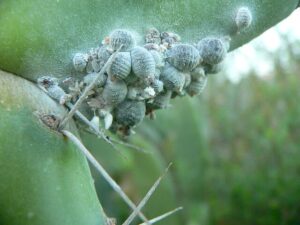 Various types of mealybugs appear on the branches and leaves of the plant : Aspidiotus hederae, Diaspis visci, Pseudococcus citri and others.
Various types of mealybugs appear on the branches and leaves of the plant : Aspidiotus hederae, Diaspis visci, Pseudococcus citri and others.
Spider
In hot weather, thuja orientalis can be invaded by a tiny spider (Paratetranychus ununguis), which desiccates its leaves.
Borers
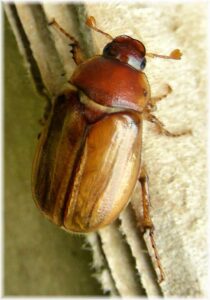 Two species can attack thujas orientalis (Phloeosinus thujae and Phloeosinus bicolor) that damage the plant due to the effects of cold or prolonged droughts, but do not cause damage to healthy plants.
Two species can attack thujas orientalis (Phloeosinus thujae and Phloeosinus bicolor) that damage the plant due to the effects of cold or prolonged droughts, but do not cause damage to healthy plants.
Apart from the direct damage they cause, the many small holes that they open in the bark of the branches are entry points for the spores of the Seiridium fungus.
Diseases
Among the diseases that can affect thuja orientalis are:
Seiridium
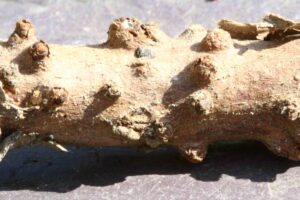 The leaves of the upper branches dry out caused by the fungus Coryneum cardinale. The desiccation of the leaves and twigs can be caused by other fungi such as Cercospora thujina, Pestalozzia funerea, etc.
The leaves of the upper branches dry out caused by the fungus Coryneum cardinale. The desiccation of the leaves and twigs can be caused by other fungi such as Cercospora thujina, Pestalozzia funerea, etc.
To combat these fungi it is recommended to use copper . Seiridium produces cankers that usually start at the base of the branches and dry out.
To eradicate Seiridium, the plant must be cut 20-25 centimeters below the canker of all dry branches. Then, pulverize the rest with copper.
Autumn fall of the leaves
Old leaves inside the thuja orientalis hedge often dry out and fall off during the fall .
Spring browning of leaves
The leaves turn brown because perspiration exceeds the water supply by the roots.

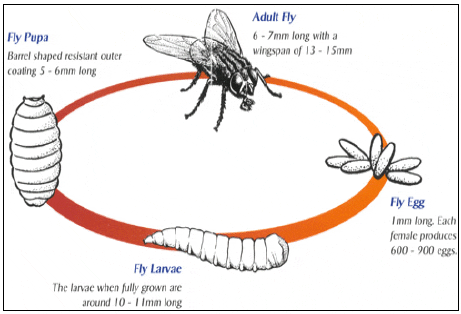
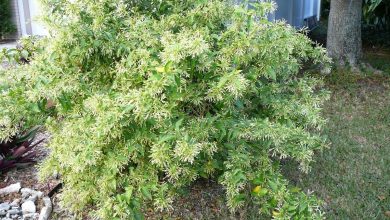
![Photo of Wheat Pests and Diseases: [Detection, Causes and Solutions]](https://www.complete-gardening.com/wp-content/uploads/2022/08/wheat-pests-and-diseases-detection-causes-and-solutions-390x220.jpg)
